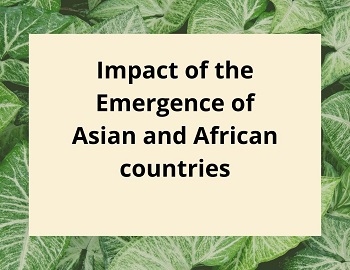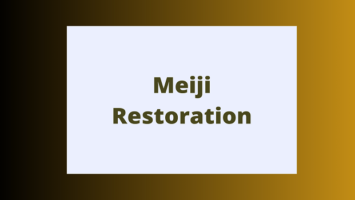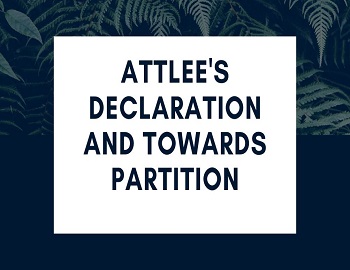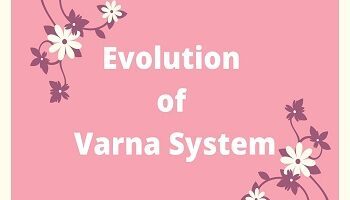The Chinese Revolution 1911:
The Sino-Japanese War and the Boxer War exhibited the bankruptcy of the Chinese Empire. The Empress Dowager and her conservative group now inaugurated a policy of reform. The educational system was overhauled. Military reforms were undertaken. Important ministries were created. In April 1908 the Empress Dowager proclaimed a set of constitutional principles. But her death on November 14, 1908, was the signal for the end of the Manchu rule in China. Simultaneously, the mysterious death of Emperor Kuang-hsu at 37, destroyed the best chance of China’s transition to a constitutional monarchy.
At the beginning of the 19th century, China became aware of the remarkable transformation brought about by the Westernization of Japan. The revolutionary elements in China were represented by two distinct protagonists- Liang Chi-chao and Sun Yat-sen. Liang was a prolific writer who advocated the establishment of a parliamentary system of government. But Sun Yat-sen (1866-1925) was a revolutionary who had a secret society of his own. In 1895 his plot to seize Canton failed. He traveled widely in Japan, Britain, and the United States.
With his multi-dimensional background, Sun propounded a set of ideas to usher in a republican government. These were the three principles of the people- nationalism, democracy, and socialism. Bringing rival groups together, Sun founded in August 1900 the Tungmenghui (United League) with branches in seventeen provinces. Sun became the chief executive of the Tungmenghui. Sun advocated a three-stage programme:
- Three years of military government.
- Six years under a provisional government known as a period of tutelage.
- Eventual constitutional government with an elected President and parliament.
Sporadic outbreaks had occurred in 1906, 1907, 1908, and 1910. Moreover, the country was endangered by worsening economic conditions. In September 1911 an uprising took place in the province of Szechwan which was followed by the revolt of the army in Wuchang. Soon the revolutionary outbreaks occurred in two dozen countries. By early December 1911, the outbreaks became general engulfing the southern, central, and even the north-western provinces. On Sun Yat-sen’s return from Britain, he was elected provisional President of the Chinese Republic. The Emperor Hsuang-Tung abdicated. Thus the Manchu rule came to an end after almost 270 years of rule.
Sun Yat-sen resigned as provisional President in favor of Yuan Shih-kai in the hope that republican unity would be better strengthened under Yuan than under himself. However, friction soon developed between Yuan and the revolutionaries. A section of the Tung-meng hui, led by Sung Chiao-Jen advocated the British system of parliamentary government. In pursuit of this objective, Sung formed a political party, the Kuomintang. National elections gave the Kuomintang a majority in the bicameral parliament by February 1913. However, the prospect of a Parliamentary democracy was destroyed when Yuan Shi-kai eliminated Sung Chia-Jen by assassinating him (March 20, 1913).
After Yuan’s death, China soon relapsed again into political disorder. The country was split over questions of participation in the First World War. In mid-1917 the parliament was dissolved and a group of monarchists attempted to restore the Manchus. Late in 1917, therefore, the Kuomintang along with Sun Yat-sen set up at Canton a southern constitutional government in opposition to the northern government at Peking. The confusion was increased by the activities of a dozen military governors (tuchuns) who collected the local taxes and used their armies for personal gains. While the Canton government claimed to be the legitimate representative of the people, Peking obtained both recognition and funds from foreign powers.









Comments (No)